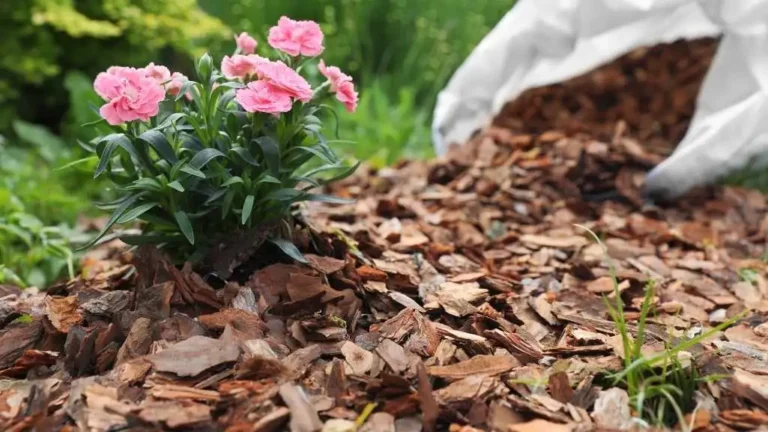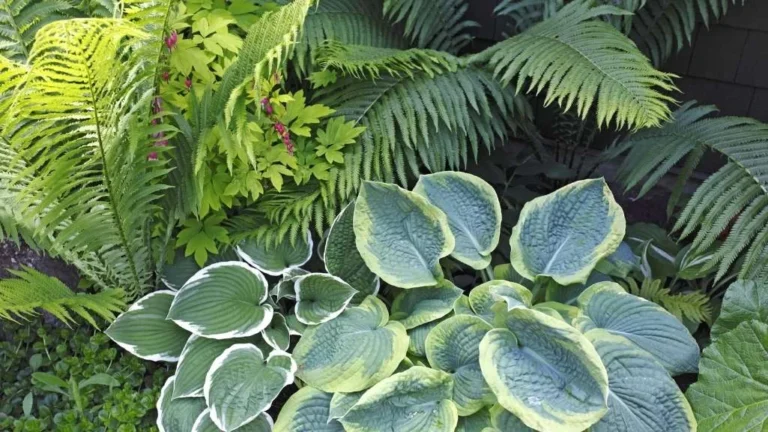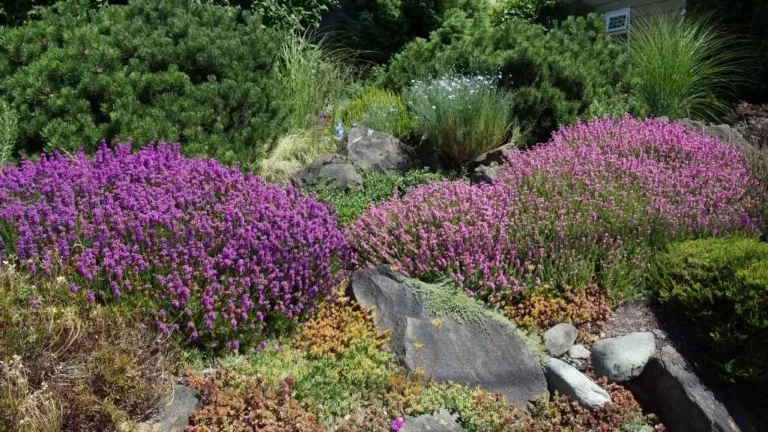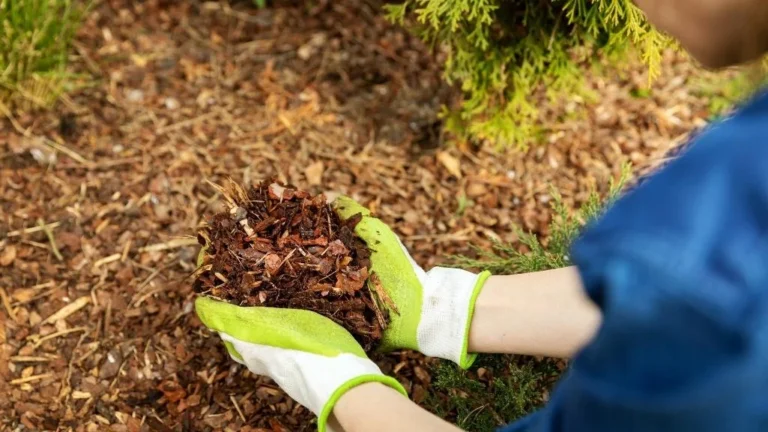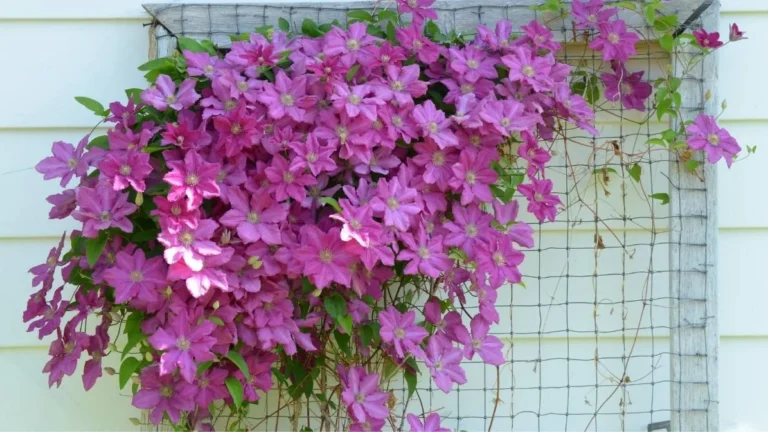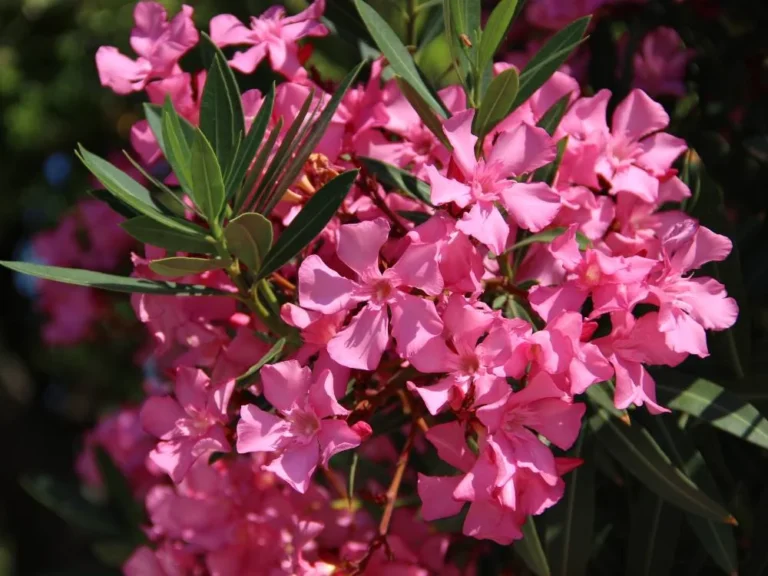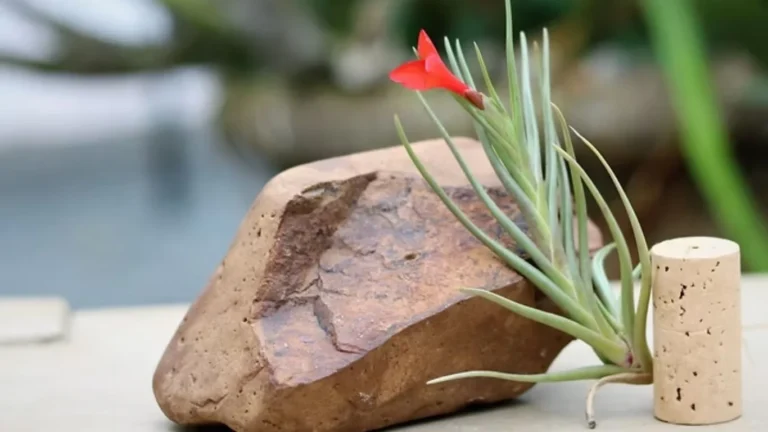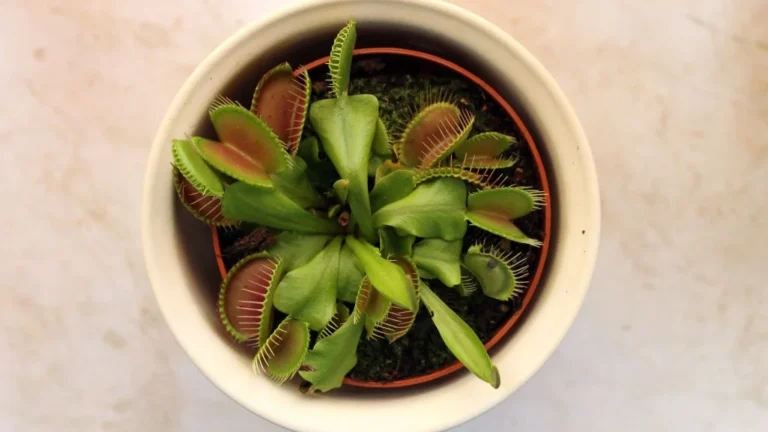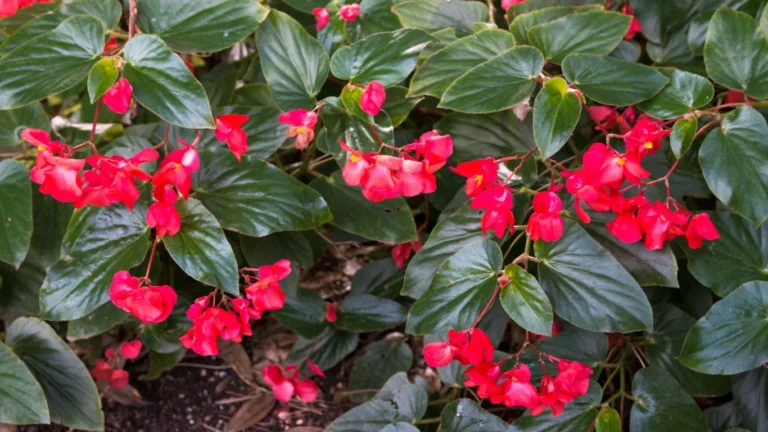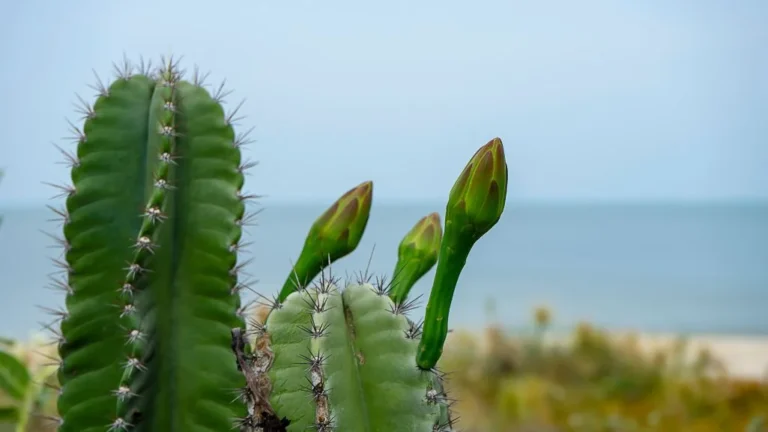Dracaena Marginata, At a Glance
|
Scientific name |
Dracaena marginata |
|
Family |
Asparagaceae |
|
Native |
Madagascar |
|
Common names |
Dragon tree, Red-edge dracaena, Madagascar dragon tree |
|
Hardiness Zone |
USDA Zones 10 to 12 |
|
Plant Type |
evergreen perennial |
|
Bloom |
Rarely |
Caution: Dracaena marginata plant is toxic to pets.
How It Looks
Dracaena Marginata is a variety of Dracaena, both has almost similar qualities.
Leaves
The leaves of Dracaena marginata (dragon tree) are long, slender, and arching, typically ranging from 12 to 24 inches (30 to 60 cm) in length. The lanced-shaped glossy leaves are usually green, often with striking red or purple edges, giving the plant a distinctive and vibrant appearance.
Stem
The stems, also called canes of the dracaena marginata plant, are thin, woody and flexible. It is typically brown or greyish in colour and can be either straight or slightly curved. The stems often grow in clusters and can be braided or trained into various shapes for decorative purposes.
Height
Dracaena marginatas’ height and growth rate vary according to their species. The plant can reach heights of 6-10 feet indoors.
Dracaena Marginata’s Requirement
Requirements for dracaena marginata at a glance
Elements | Requirement |
Sunlight | Low to bright indirect sunlight |
Temperature | 60°F to 80°F |
Humidity | 40-60% |
Soil pH | 6.0-6.5 |
Soil mixture | Well drained |
Container | Container with drainage hole |
Water | When the top layer of the soil dries out |
Fertilizer | Once a month during summer and spring |
Note: The soil pH level indicates how acidic or neutral the soil is. On a scale of 1 to 10, with 7 indicating neutrality, a pH value less than 7 indicates acidity, while a value greater than 7 indicates alkalinity. Dracaena marginata (dragon tree) requires acidic soil.
Mix the Soil Properly
Dracaena marginata, also known as the dragon tree, thrives in well-draining soil to prevent waterlogging, which can harm or even kill the plant. The soil mix I use for Dracaena marginata consists of equal parts of the following:
- Regular garden soil
- Pumice or perlite for enhanced drainage and aeration
- Peat moss or coco-peat for moisture retention and good drainage
Additionally, soil mixes designed for cacti and succulents are suitable for this plant due to their excellent drainage properties.
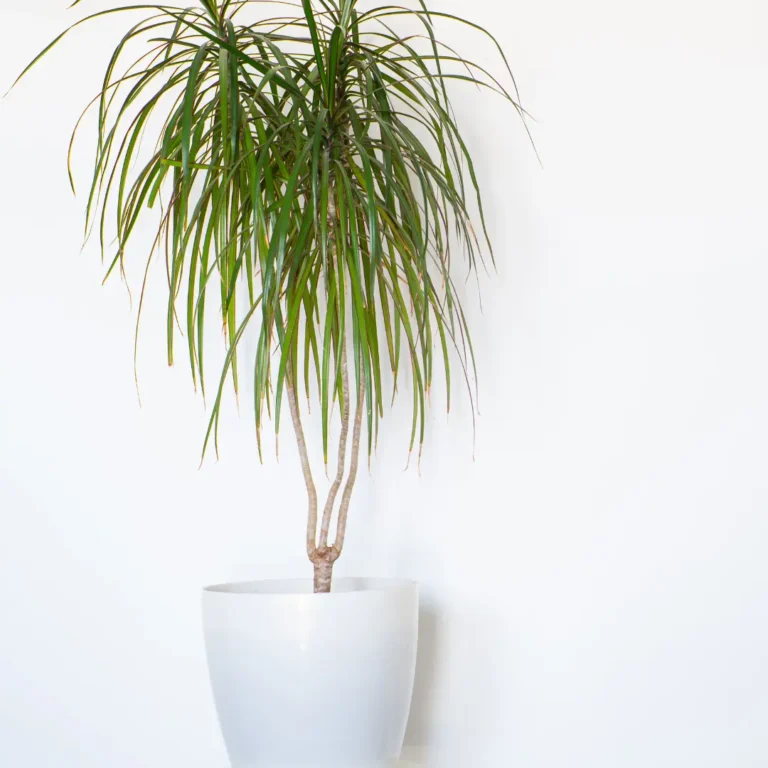
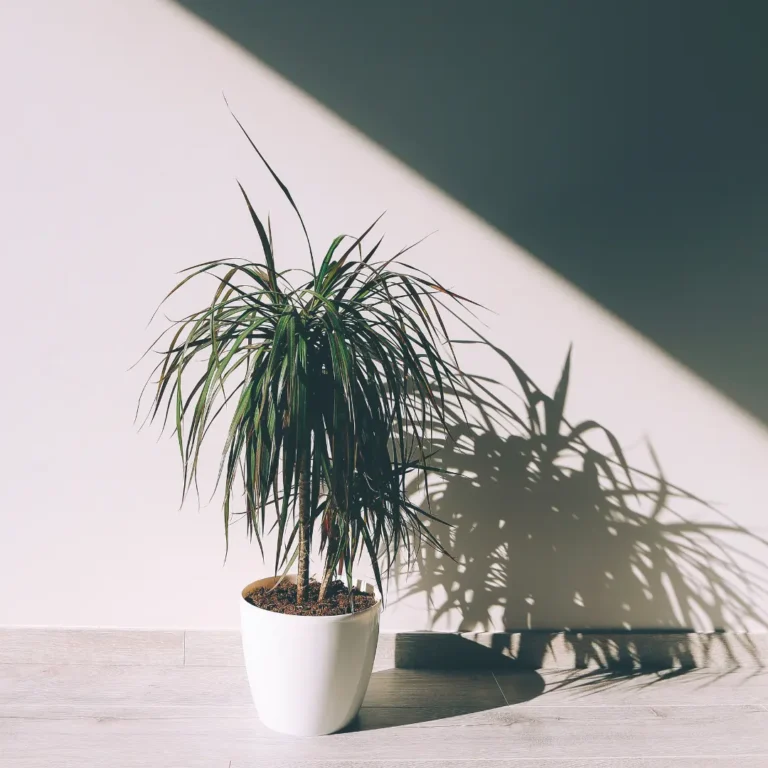
Choose the Right Container
Dragon tree plants have shallow, fibrous roots that spread horizontally rather than deeply into the soil. When choosing a container for your Dracaena, keep the following in mind:
- Select a pot that is 2 to 3 inches wider in diameter than the current one. The shallow roots don’t require a deep pot, but a wider one is ideal for accommodating their horizontal growth.
- Ensure the container has proper drainage holes to prevent waterlogging, which can damage the plant.
- Pots made of ceramic, plastic, or terracotta are suitable choices. Plastic pots retain more moisture than ceramic or terracotta, influencing the plant’s watering requirements.
I house my dracaena marginata in a white ceramic pot, offering a good moisture retention and breathability balance.
How Much Sunlight Dragon Tree Needs
Dracaena marginata (dragon tree) can adapt to various lighting conditions, from low to bright.
- The dragon tree thrives in bright, indirect sunlight, similar to the dappled light it receives in its native tropical habitats.
- Avoid direct sunlight, as it can burn the leaves. Place the plant near a window with filtered light, or use sheer curtains to diffuse direct sunlight.
- Prolonged exposure to low light can cause the plant to grow leggy.
- Dracaena marginata is sensitive to cold and should not be placed outside or near windows during cold drafts.
I have positioned my Dracaena marginata next to an east-facing window, where it benefits from gentle morning light and bright, indirect light throughout the day.
When and How to Water
It’s better to underwater than overwater Dracaena marginata (dragon tree). This plant prefers slightly moist soil but doesn’t like to sit in water for extended periods.
- Water the plant when the top layer of soil dries out. You can use the finger dip test or a moisture meter to check the soil’s moisture level.
- Dracaena marginata is sensitive to fluoride and chlorine, so ensure the tap water doesn’t contain these chemicals. If necessary, use room-temperature rainwater, filtered water, or distilled water.
- When watering, make sure all layers of soil absorb the water. Continue watering until water starts to flow out of the drainage holes.
- Ensure the plant doesn’t sit in water for too long. Allow excess water to drain out to prevent waterlogging and root rot.
- Reduce the watering frequency in winter when the plant’s growth slows.
Typically, I water my Dracaena marginata every 1 to 2 weeks during summer and every 3 to 4 weeks in winter. I always allow the top inches of the soil to dry out before watering.
Fertilizer for Dracaena Marginata
The fertilizer needs for the dragon tree are similar to other houseplants. Use a nitrogen-based, water-soluble fertilizer once a month during the growing season. Refrain from fertilizing in winter. To prevent root burn, water the plant before applying fertilizer, and for optimal results, consider using a fertilizer specifically formulated for houseplants.
When and How to Repot
Re-pot the Dracaena marginata (dragon tree) when its roots start coming out of the pot’s drainage holes, growth slows, or water isn’t absorbed. Usually, the Dragon tree plant needs re-potting every 1.5-2 years.
- Select a new pot with drainage holes under it that is 2 to 3 inches larger than the current pot.
- Water the plant a day or two before repotting to soften the soil around the roots.
- Remove the plant from its current pot by carefully loosening the roots and soil around the edges.
- Check the roots for any rot or diseases. Cut off any brown/mushy/smelly roots.
- Finally, place the pot in the new container with the new potting mix.
Prune to Thrive
Dragon tree plant requires pruning to remove dead or diseased leaves or get a cutting for propagation. Summer and spring are the best time for pruning as these seasons are growing periods. Use a sharp, sterilized blade or scissors for pruning. Make sure to make a clean cut. Don’t make uneven cuts or try to tear off the leaf. This may damage the plant, and from that, cutting propagation is not possible.
Protect Dracaena Marginata from Pests
Pests like spider mites, mealybugs, scale insects, and aphids can infest the dragon tree plant. Regularly inspect the leaves and stems for signs of infestation, including webbing, sticky residue, or tiny insects. If pests are detected, treat the plant with insecticidal soap or neem oil as per the instructions. Consistent inspection and maintenance are essential to prevent pest problems and maintain the plant’s health.
Dealing with Other Common Issues
Brown and yellow leaf tips
These issues indicate that the water used for the plant contains fluoride. Switch to rainwater, filtered, or distilled water.
Crispy brown tips
This sign suggests low humidity. In that case, use a humidifier or mist the leaves.
Brown or black edges and tips
Overwatering dragon tree causes the above mentioned issue. Allow the top layer of soil to dry before watering again. Leaf yellowing is can indicates towards overwatering.
Droopy leaves
Dragon trees prefer consistently moist soil, so if the leaves are drooping, it might be a sign that the plant needs more water. However, be cautious not to overwater, as this can lead to root rot.
Leaf drop
Leaf drop in a dragon tree (Dracaena marginata) suggest a response to stress due to sudden environmental change. Keep the plant away from cold drafts and maintain a stable temperature.
Propagation Process of Dracaena Marginata
Dracaena marginata can be propagated through stem cuttings or seeds, with stem cuttings being the more convenient and common method, as the plant rarely blooms and produces seeds. Here’s how to propagate using stem cuttings.
- Select a healthy stem from the mother plant with several nodes (the points where leaves emerge).
- Use a sterilized, sharp knife to cut a 4-6-inch stem section.
- Remove the lower leaves from the cutting, leaving a few leaves at the top.
- Optionally, dip the cut end of the stem in the rooting hormone to expedite the rooting process.
- Plant the stem in a pot filled with well-draining potting mix.
- Water the soil thoroughly to settle it around the cutting, keeping it consistently moist but not waterlogged.
- Alternatively, the stem can be placed in water until the roots develop.
- Position the pot in a stable, warm environment with bright, indirect light.
- Rooting can take several weeks to a few months; be patient and regularly check for new growth.
- Once a healthy root system has developed, transplant the cutting into a larger pot with regular soil.


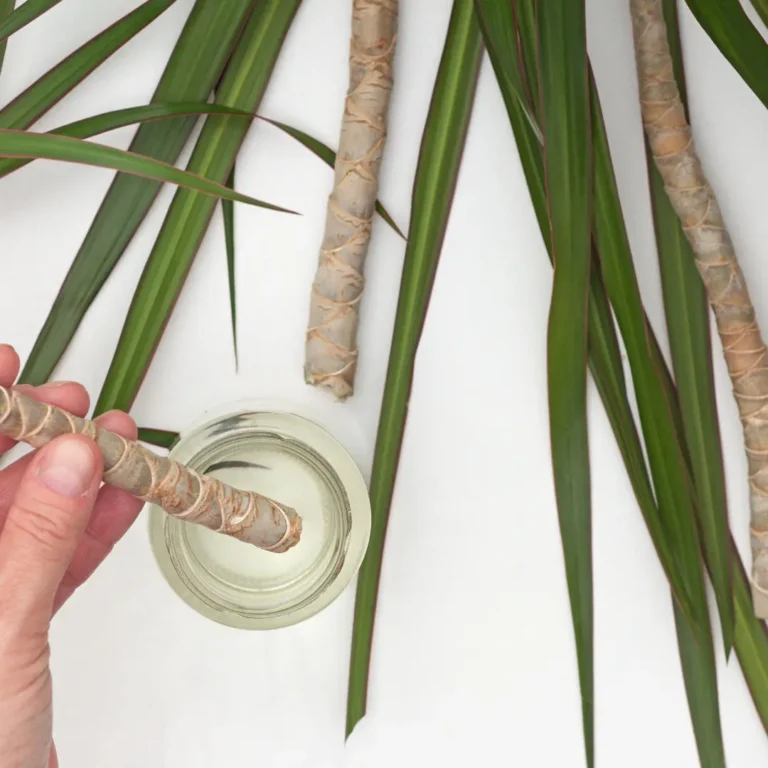

Tips for Dracaena Marginata (dragon tree)
- Place the plant where people or other plants won’t frequently brush against it to prevent damage.
- Regularly mist the plant’s leaves to maintain adequate humidity.
- Use rainwater to water Dracaena marginata to avoid issues related to fluoride and chlorine in tap water.



